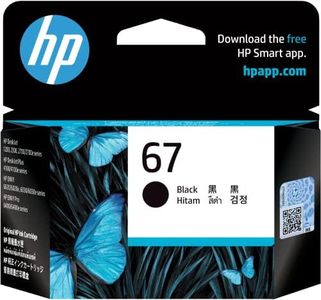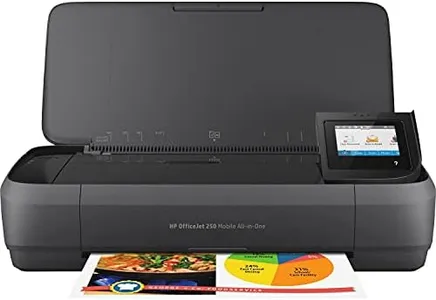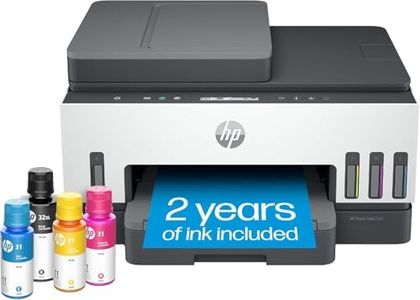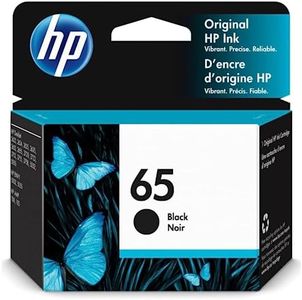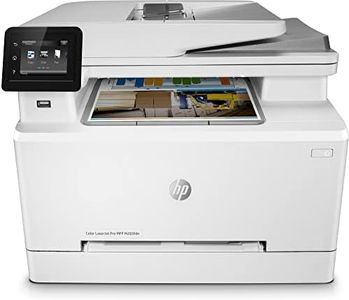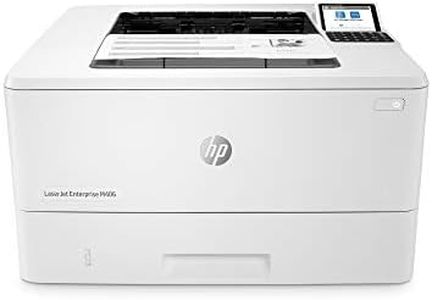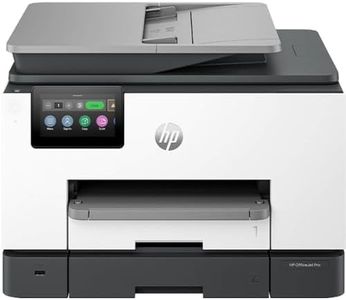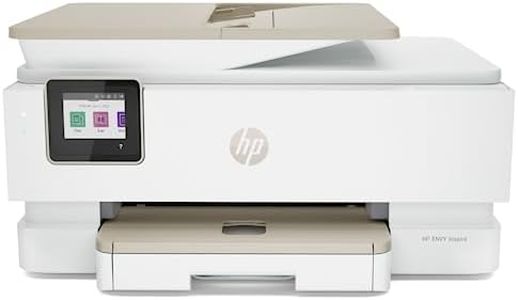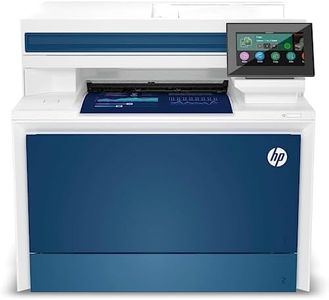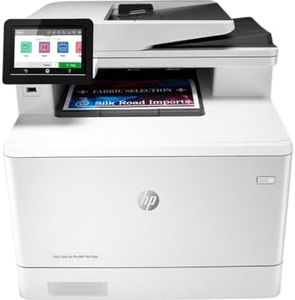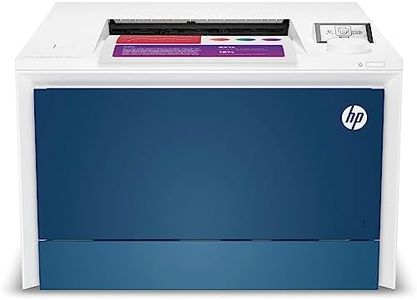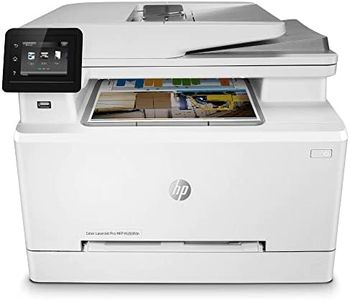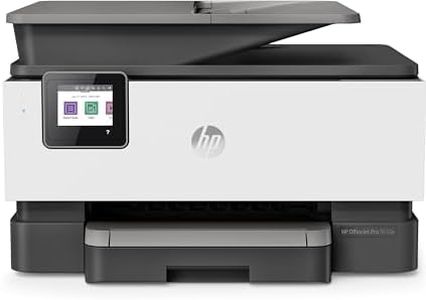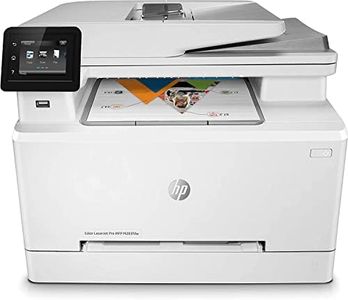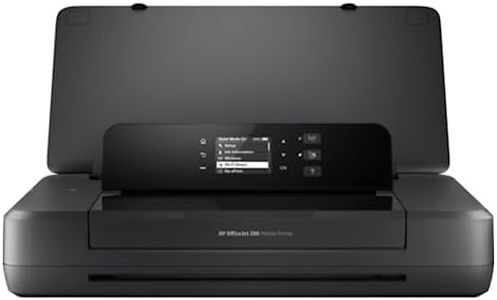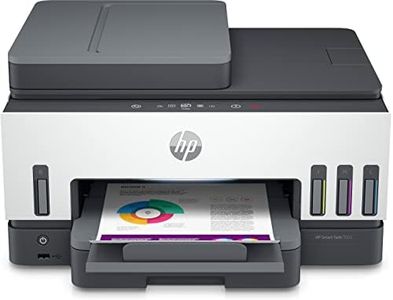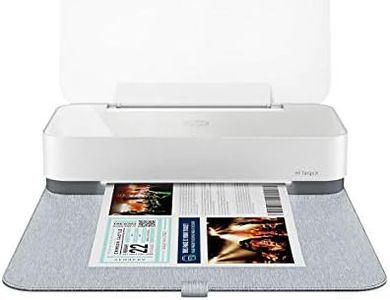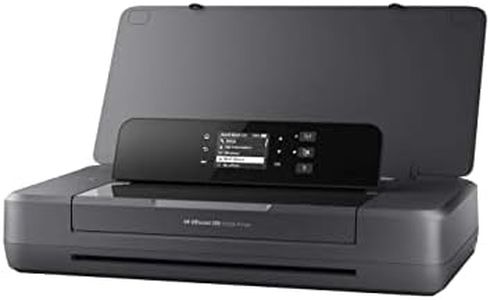10 Best HP Printers
From leading brands and best sellers available on the web.45,000 reviews analyzed
More great picks just for you
Our Top Picks
HP OfficeJet 250 Mobile, Bluetooth, Wireless, up to 20PPM, A4 Printer, Portable Small Office/Home Office Color Printer, Black (CZ992A)
The HP OfficeJet 250 Mobile is a compact, portable inkjet printer designed for small office or home office use, particularly for those who need printing on the go. It offers decent print speeds, up to 20 pages per minute in black and 19 in color, which is quite good for a portable printer. Its print quality is reliable thanks to original HP inks, making it suitable for standard office documents and color prints.
Connectivity is versatile, including USB, Wi-Fi, Bluetooth, and Wi-Fi Direct, allowing easy wireless printing from laptops, smartphones, and tablets across Windows, Mac, and Linux systems. The 2.65-inch color touchscreen simplifies control, and an auto document feeder adds convenience for scanning and copying multiple pages. However, it lacks duplex (double-sided) printing, which might be a drawback if you frequently print multi-page documents and want to save paper. Paper handling is limited to a maximum input of 250 sheets, and it supports common media types like plain paper, envelopes, and card stock.
Battery power and quick charging make it truly portable, fitting comfortably in a backpack or car for use anywhere. Although it is a bit heavier than some ultra-portable models at nearly 3 kg, its all-in-one features and robust connectivity make it a strong choice for users needing mobile printing and basic scanning/copying functions. This printer is best suited for professionals or students who value portability and wireless convenience over high-volume duplex printing.
